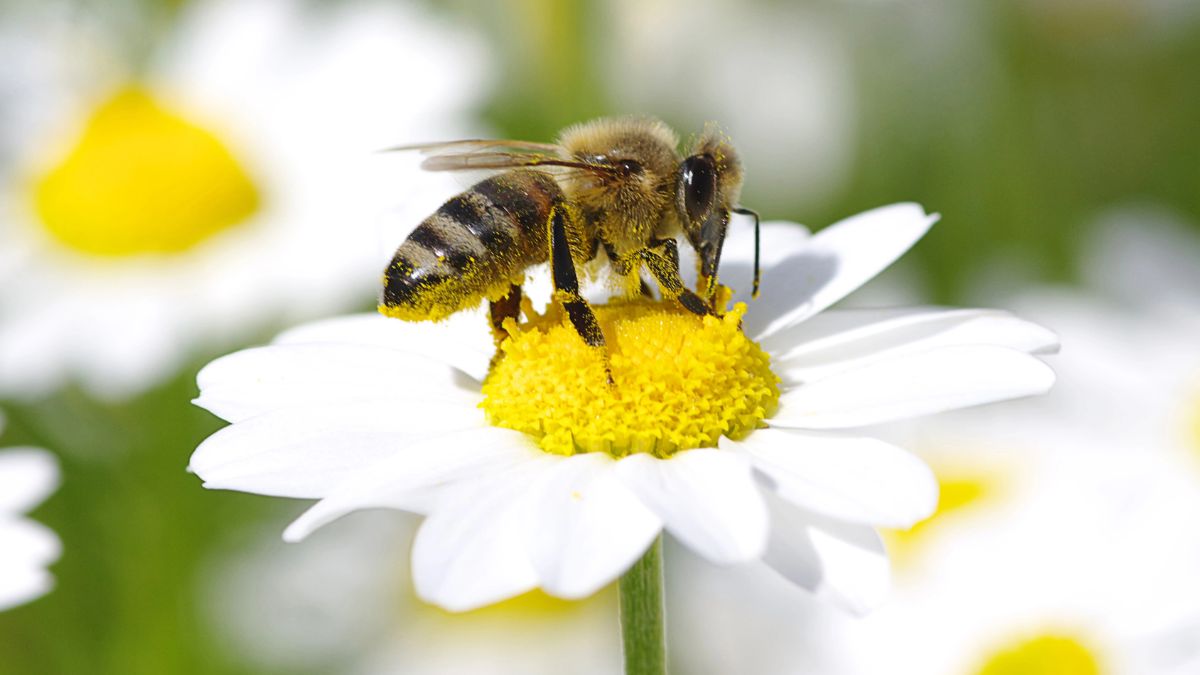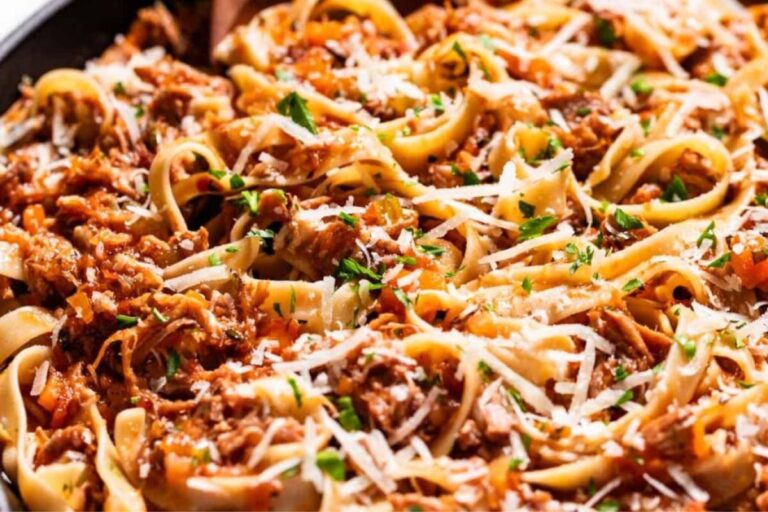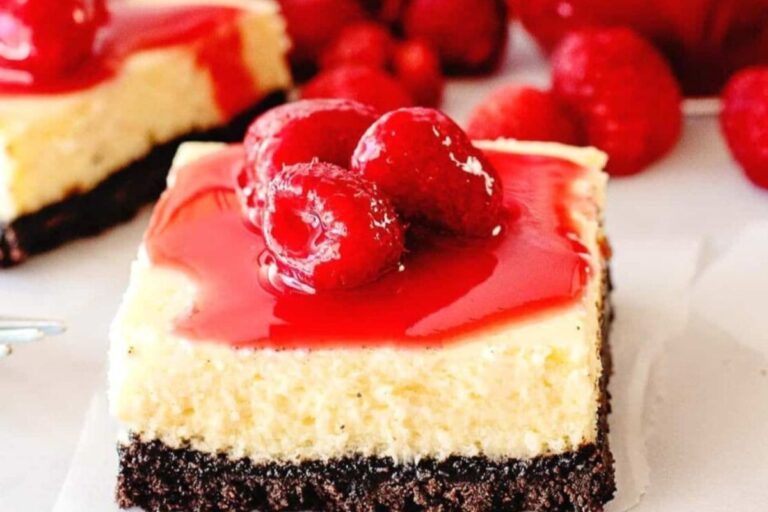15 Essential Plants That Bees Need for a Healthy Diet
Bees play a crucial role in our ecosystem, pollinating plants and helping produce food. To stay healthy and productive, bees need a variety of plants that provide them with nectar and pollen.
Planting these essential plants in your garden or community space can support local bee populations and contribute to a healthier environment. Here are 15 plants vital for bees and why they are important.
Lavender
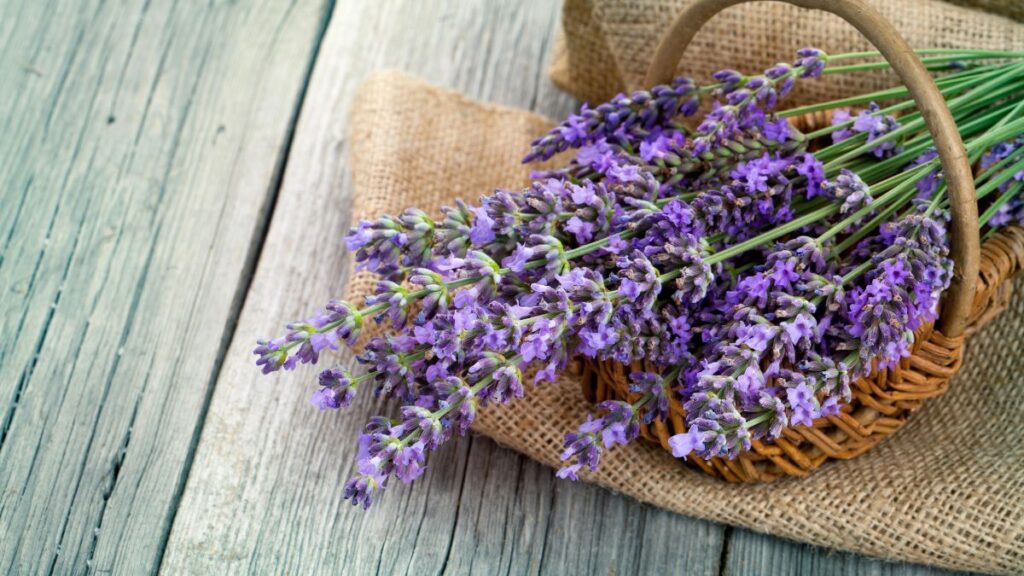
Lavender is a bee favorite because of its sweet, fragrant flowers that provide ample nectar. The plant’s purple blooms are beautiful and highly attractive to bees. Lavender blooms from late spring to early summer, offering bees a reliable food source.
Its aromatic oils also have calming effects on humans, making it a lovely addition to any garden. Growing lavender is relatively easy, and it thrives in sunny, well-drained soil. This plant’s long flowering period helps bees gather food when other sources might be scarce.
Sunflowers
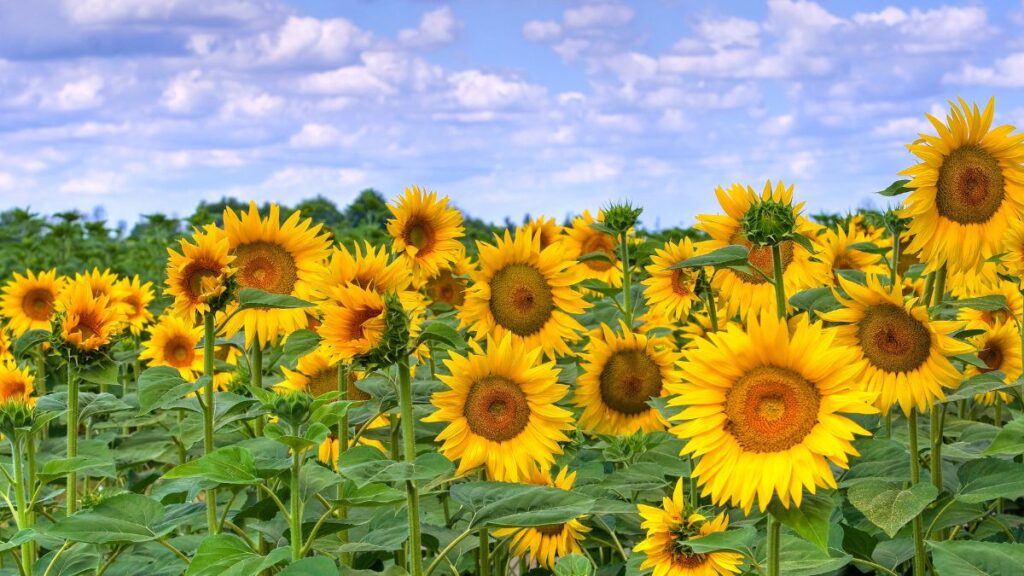
Sunflowers are a brilliant choice for attracting bees with their large, vibrant blooms. The wide, open flowers are easy for bees to access, providing them with both nectar and pollen. Sunflowers grow tall and create a striking visual display in any garden.
They also produce seeds that can be used to attract other wildlife. Sunflowers bloom from mid-summer to fall, offering bees a much-needed food source as the season progresses. Their cheerful appearance and usefulness make them a favorite among gardeners and pollinators alike.
Borage

Borage is a unique plant with star-shaped blue flowers that are highly appealing to bees. The plant’s nectar is especially sweet, making it a magnet for bees. Borage is known for its ability to attract beneficial insects, not just bees, which helps create a balanced garden ecosystem.
It has a long flowering period from early summer to fall, providing bees with food throughout the growing season. Additionally, borage is easy to grow and can thrive in various soil conditions. Its attractive flowers and high nectar content make it an excellent choice for supporting bee populations.
Mint
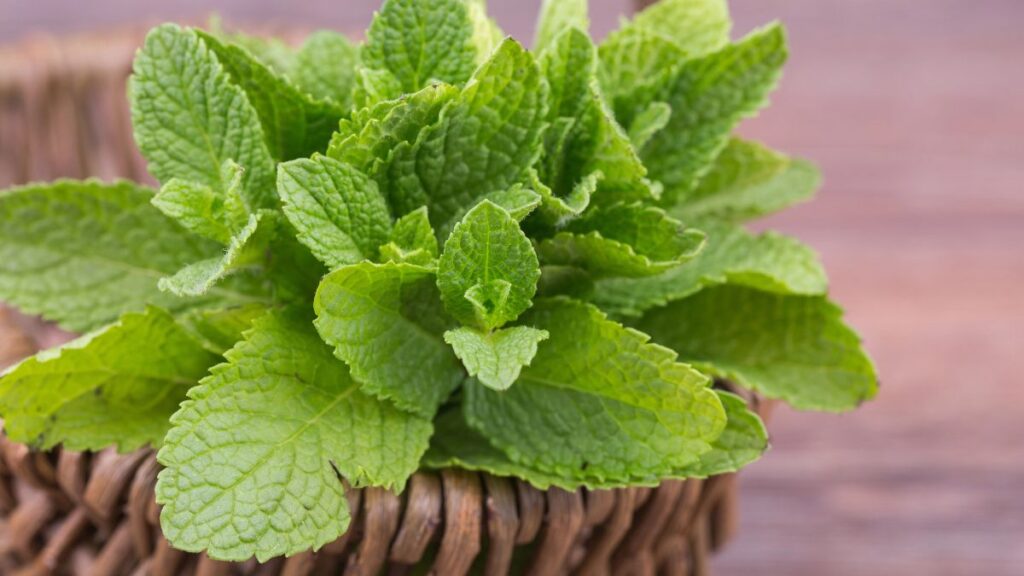
Mint is a versatile herb that offers bees a plentiful supply of nectar with its tiny, clustered flowers. The plant blooms in mid-summer and continues to flower into the fall, making it a reliable food source. Mint is also a great addition to culinary dishes, adding flavor to teas, salads, and more.
The plant grows well in both containers and garden beds, making it accessible for many gardeners. Mint’s strong fragrance can deter some pests, providing an added benefit for your garden. By growing mint, you not only help bees but also enjoy a fresh herb for your kitchen.
Echinacea
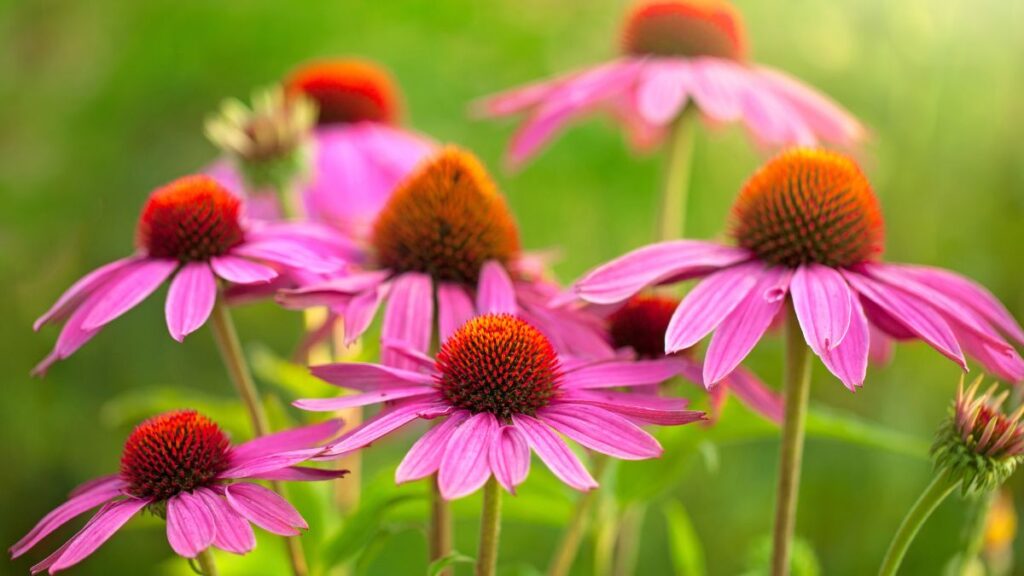
Echinacea, also known as coneflower, is a stunning plant with daisy-like flowers that attract bees with their bright colors and rich nectar. The flowers bloom from summer to fall, giving bees a long-lasting food source. Echinacea is also valued for its medicinal properties, often used to boost the immune system.
Its tall, sturdy stems and vibrant blooms make it a visually appealing choice for gardens. The plant is hardy and can thrive in a variety of soil types and conditions. Echinacea’s ability to attract bees and provide health benefits makes it a worthwhile addition to any garden.
Thyme
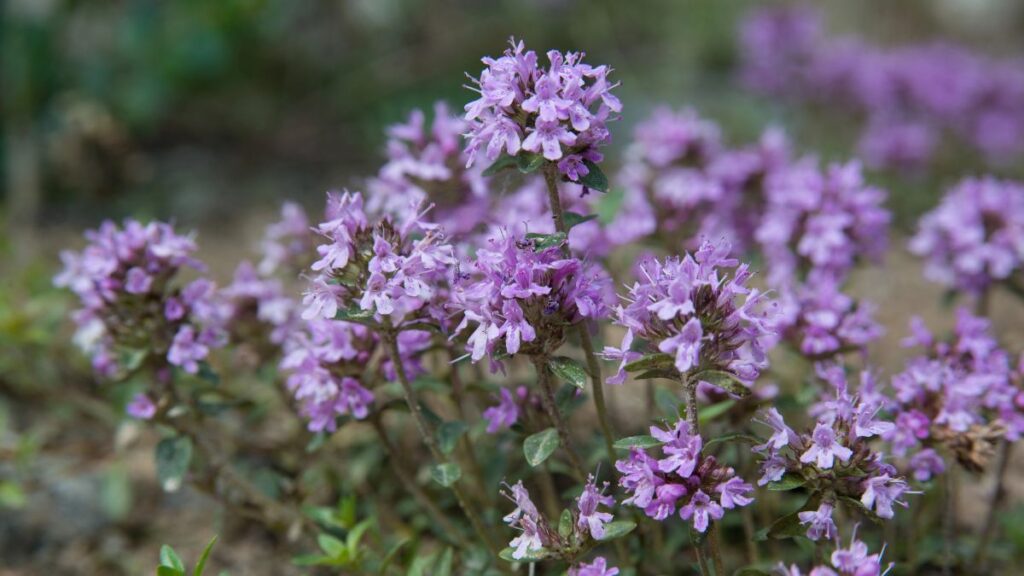
Thyme is an herb that produces small, tubular flowers rich in nectar, making it a great plant for bees. It blooms in late spring and early summer, providing an early food source for bees. Thyme is also a popular culinary herb, used in various dishes for its aromatic flavor.
The plant is low-growing and can be used as ground cover, making it a versatile addition to garden beds and containers. Thyme is drought-tolerant and requires minimal care, making it suitable for low-maintenance gardens. Its dual benefits of attracting bees and enhancing your meals make thyme a valuable garden plant.
Sage
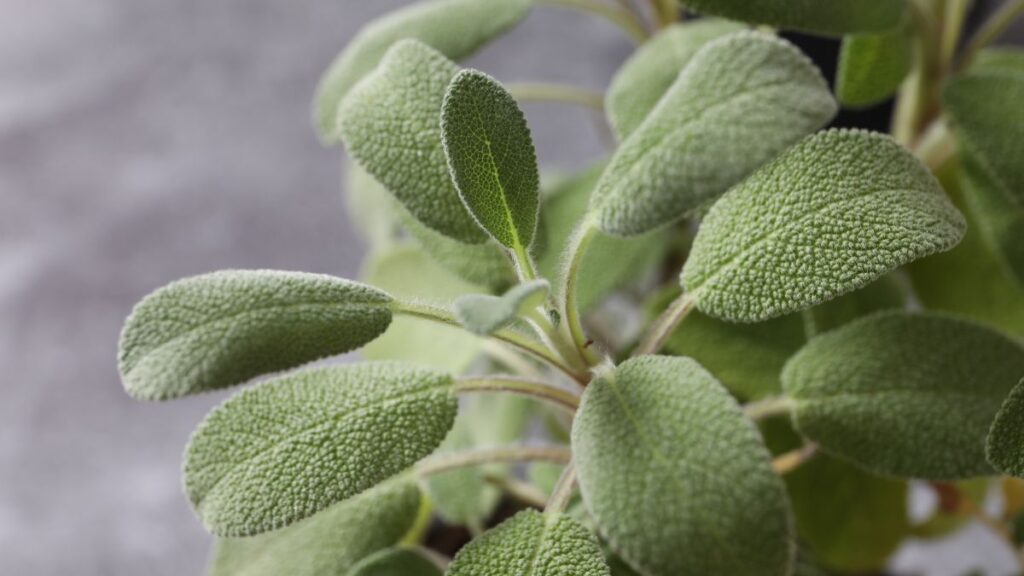
Sage is a perennial herb that produces spikes of purple, blue, or white flowers that are highly attractive to bees. The plant’s blooms provide a steady source of nectar and pollen from late spring to summer. Sage is also a popular herb in cooking, known for its savory flavor and medicinal properties.
It grows well in sunny, well-drained soil and can add both beauty and utility to your garden. Sage’s long flowering period and usefulness in the kitchen make it a practical choice for supporting bee populations. By growing sage, you help bees while enjoying fresh herbs in your cooking.
Goldenrod

Goldenrod is a vibrant yellow flowering plant that is a favorite among bees and other pollinators. The plant blooms in late summer and fall, providing a crucial food source when many other plants are finishing their growing season.
Goldenrod is hardy and can thrive in various soil types, making it an easy addition to many gardens. Its bright, clustered flowers are visually striking and attract a wide range of beneficial insects. Goldenrod’s long-lasting blooms and ability to support multiple pollinators make it a valuable plant for any bee-friendly garden.
Black-eyed Susan
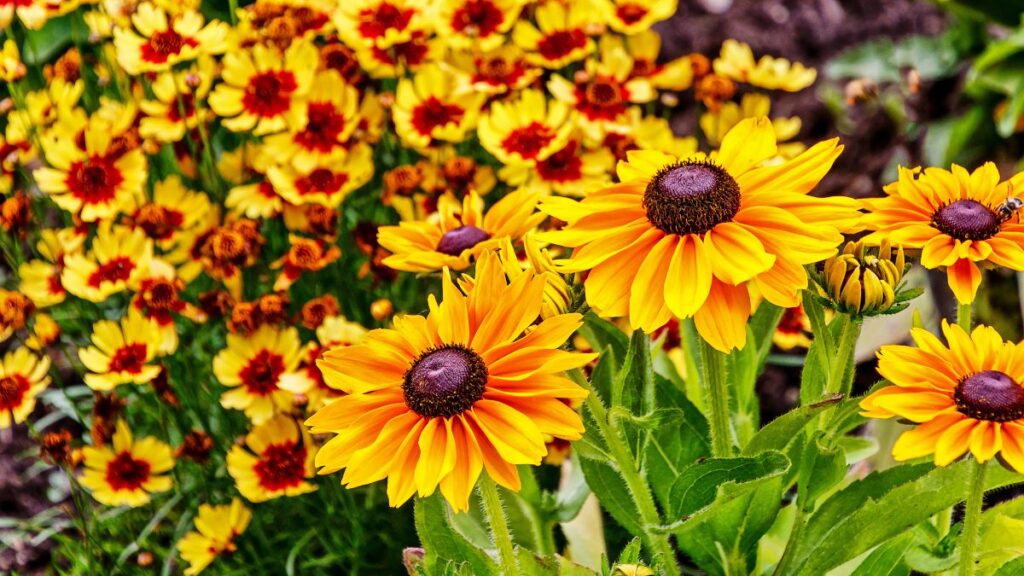
Black-eyed Susan is a cheerful, daisy-like flower that provides bees with ample nectar and pollen. The plant’s bright yellow petals and dark centers create a bold visual impact in gardens. Black-eyed Susans bloom from summer to fall, offering bees a reliable source of food throughout the growing season.
The plant is hardy and easy to grow, making it suitable for a variety of garden conditions. Its ability to attract bees and its low-maintenance nature make it a popular choice among gardeners. By including Black-eyed Susans in your garden, you support bee health while adding vibrant color.
Calendula
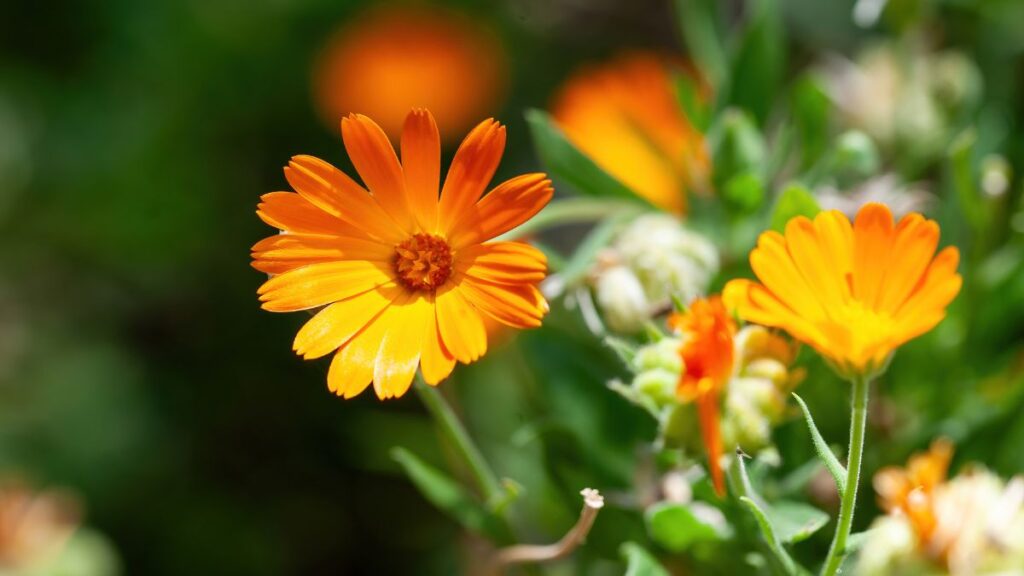
Calendula, also known as marigold, is a beautiful flower with bright orange or yellow petals that attract bees. The plant’s nectar-rich blooms provide a valuable food source from summer to fall. Calendula is also known for its medicinal properties and is often used in skincare and herbal remedies.
It is easy to grow and thrives in various soil conditions, making it a versatile addition to gardens. The plant’s long flowering period and dual benefits for bees and humans make it a great choice for supporting pollinators. Calendula’s vibrant blooms and usefulness make it a valuable plant for any bee-friendly garden.
Lavender Cotton
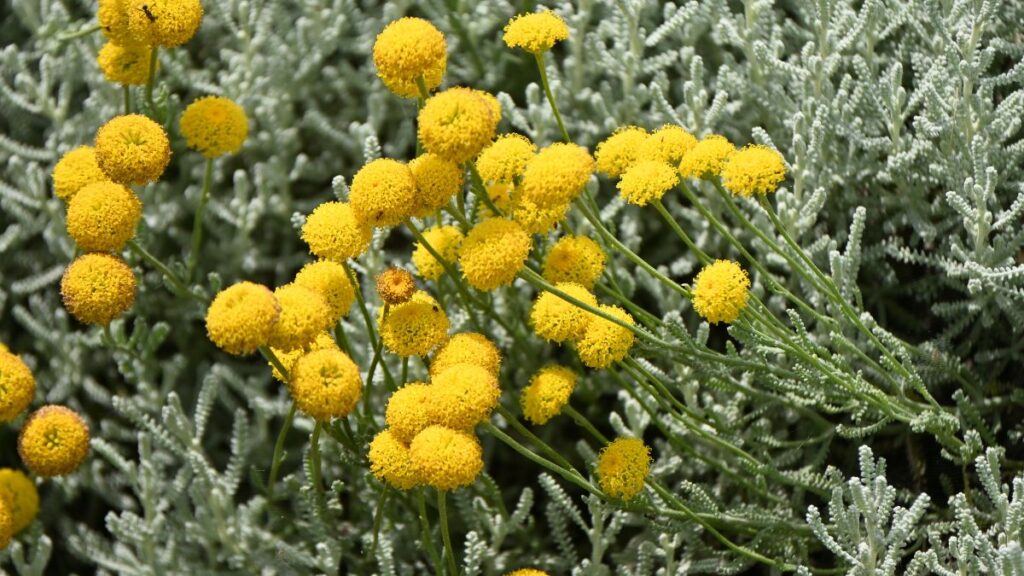
Lavender cotton is a drought-tolerant plant with small, yellow flowers that bees love. The plant has a long blooming period, providing bees with nectar from late spring to summer. Lavender cotton is also known for its fragrant foliage, which can add a pleasant aroma to your garden.
It is a hardy plant that can tolerate various soil conditions, making it suitable for many gardens. The plant’s ability to attract bees and its low-maintenance nature make it a great choice for a bee-friendly garden. Lavender cotton’s long-lasting blooms and pleasant scent make it a valuable addition to any outdoor space.
Verbena
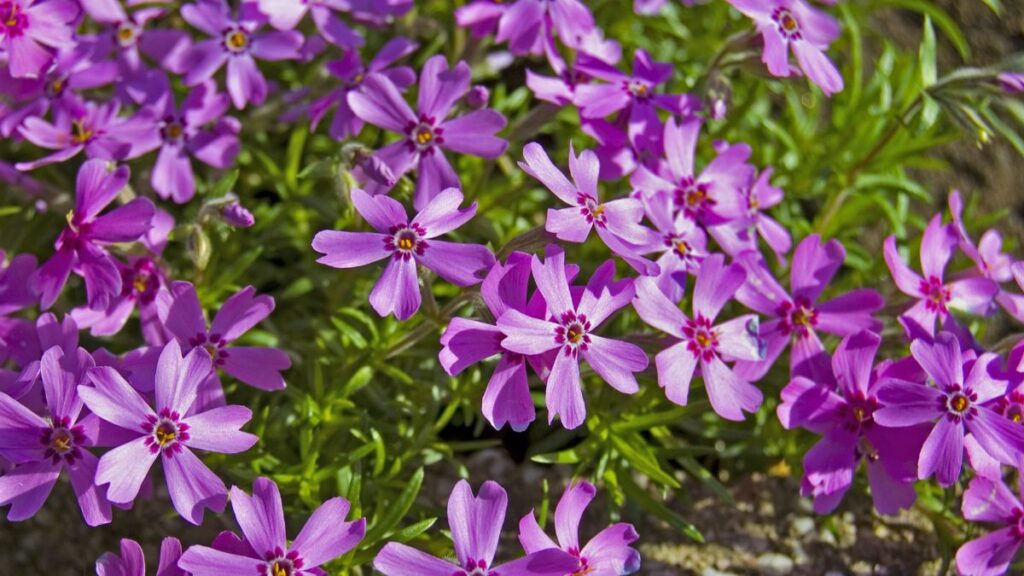
Verbena is a hardy plant that produces clusters of small, colorful flowers that attract bees and other pollinators. The plant blooms from late spring to fall, providing a continuous food source for bees throughout the growing season. Verbena is easy to grow and thrives in sunny locations with well-drained soil.
Its long-lasting flowers and ability to attract a variety of beneficial insects make it a valuable addition to any garden. Verbena’s bright colors and low-maintenance nature make it a popular choice for gardeners looking to support bee populations. By planting verbena, you create a vibrant and bee-friendly garden space.
Wild Bergamot

Wild bergamot, also known as bee balm, is a plant with striking, tubular flowers that bees are naturally drawn to. The plant blooms in mid-summer and continues to flower into the fall, providing bees with a steady source of nectar and pollen. Wild bergamot is known for its aromatic leaves, which can be used in teas and culinary dishes. It is easy to grow and thrives in various soil types, making it a versatile addition to gardens.
The plant’s ability to attract bees and its additional uses make it a valuable choice for supporting pollinators. Wild bergamot’s colorful blooms and culinary benefits make it a great addition to any garden.
Sweet Alyssum
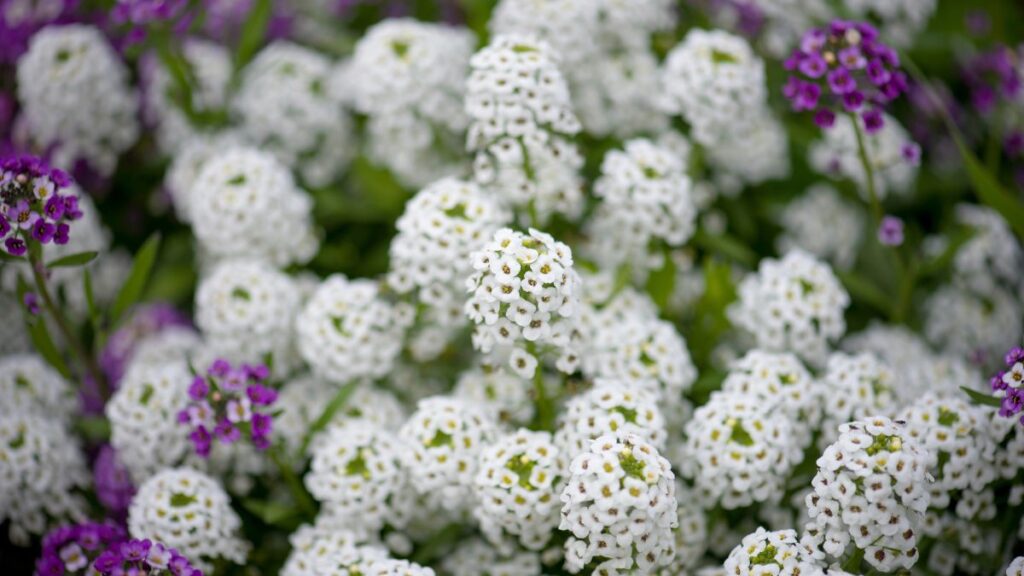
Sweet alyssum is a low-growing plant that produces clusters of tiny, fragrant flowers that attract bees. The plant blooms from spring through fall, offering a long period of food availability for pollinators. Sweet alyssum is ideal for filling in garden borders, hanging baskets, and containers.
Its sweet fragrance and small flowers make it a favorite among bees. The plant is easy to grow and can thrive in various soil conditions, adding both beauty and functionality to your garden. Sweet alyssum’s ability to attract bees and its versatility make it a valuable addition to any bee-friendly garden.
Anise Hyssop
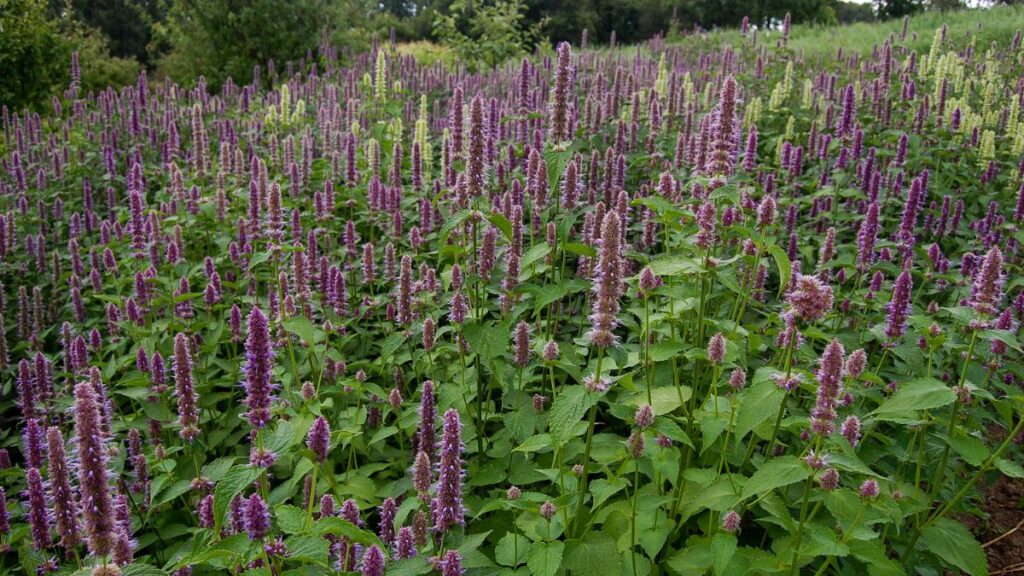
Anise hyssop is a plant with tall spikes of purple or lavender flowers that bees find irresistible. The plant blooms from mid-summer to fall, providing a continuous source of nectar and pollen. Anise hyssop has aromatic leaves that can be used in herbal teas and culinary dishes, adding flavor and variety to your diet.
It is hardy and thrives in sunny locations with well-drained soil. The plant’s ability to attract bees and its additional uses make it a great choice for supporting pollinators. Anise hyssop’s colorful blooms and culinary benefits make it a valuable addition to any garden.
15 Places Where You’re Expected to Tip—But You Really Don’t Have To
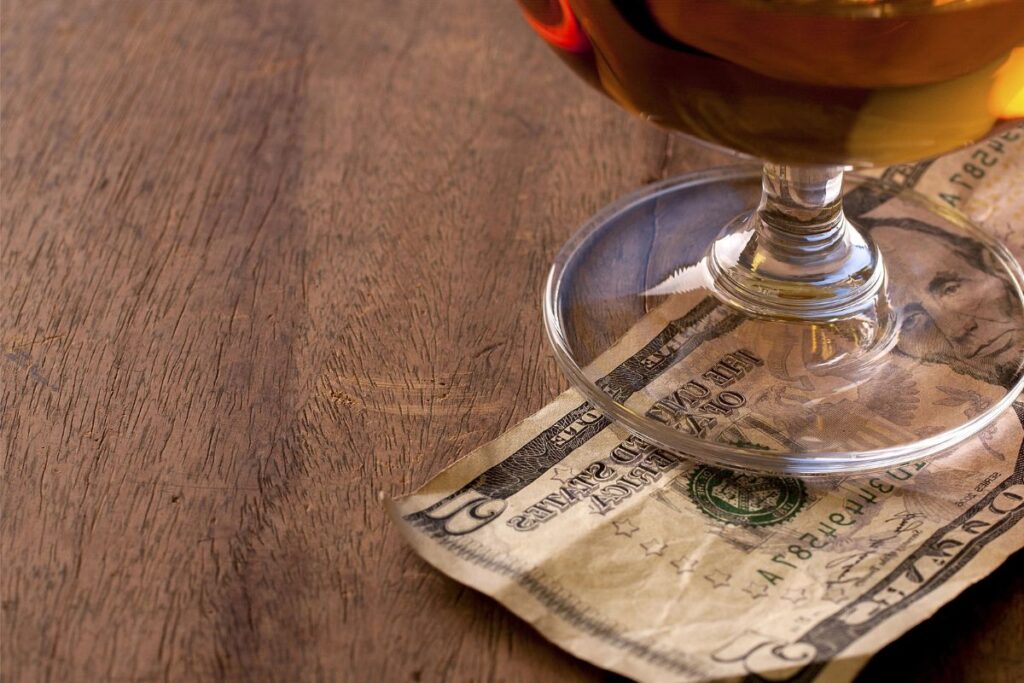
Tipping has become a widespread practice in many industries, with the expectation that you’ll leave a little extra for good service. However, not every situation truly warrants a tip, even if you feel pressured to give one.
15 Places Where You’re Expected to Tip—But You Really Don’t Have To
15 Most Annoying Habits of American Tourists When Dining Abroad

Traveling abroad is an exciting adventure, and dining in new places is a big part of the experience. However, some common behaviors by American tourists can be frustrating for locals and affect the dining experience.
15 Most Annoying Habits of American Tourists When Dining Abroad

